Japan and Brazil’s Immigration History and 130 Years of Ties: Culture and the Future at Expo 2025 Osaka-Kansai

Japan and Brazil’s Immigration History and 130 Years of Ties: Culture and the Future at Expo 2025 Osaka-Kansai
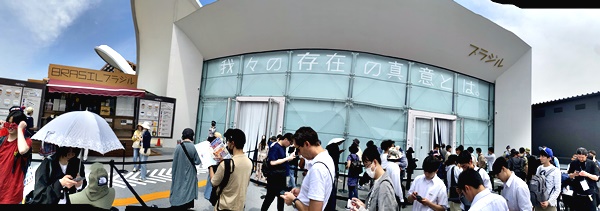
2025 marks a milestone—130 years since Japan and Brazil established diplomatic relations in 1895. This anniversary is being celebrated through the Brazil Pavilion at the Osaka-Kansai Expo, highlighting the deep cultural and future-oriented ties between the nations
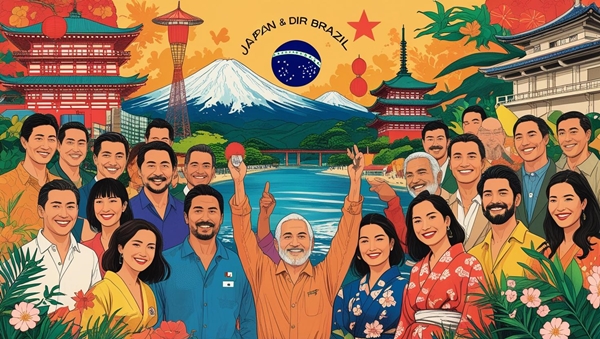
-
A History of Migration and Community
The first Japanese immigrants arrived in Brazil aboard the Kasato Maru in 1908. Since then, approximately 250,000 Japanese migrated to Brazil, and their descendants now form the world’s largest Japanese community outside Japan—more than 2.5 million people. Today, about 2.7 million people of Japanese descent live in Brazil, and around 210,000 Brazilians, many of Japanese lineage, reside in Japan. This people-to-people exchange has forged robust economic and cultural bonds. -
Evolving Partnership
Over the decades, Japan and Brazil’s partnership has grown from immigration to deep economic, scientific, and cultural collaboration. Brazil is a key export partner for Japan, and the countries share common visions on democracy, human rights, sustainable development, and innovation. Ongoing initiatives promote mutual language education and technology exchange -
Expo 2025: Celebrating Multiculturalism and Innovation
At Expo 2025, the Brazil Pavilion, under the art direction of Bia Lessa, offers an immersive, interactive experience. Its two main structures (~1,000m² each) enable visitors to become active participants in the exhibits. Notable is the fusion of Japan’s “hagoromo” (traditional robe) with Brazil’s “parangolé” (folk costume) in the “Parangoromos,” which visitors can wear. This symbolizes cultural blending and shared creativity.
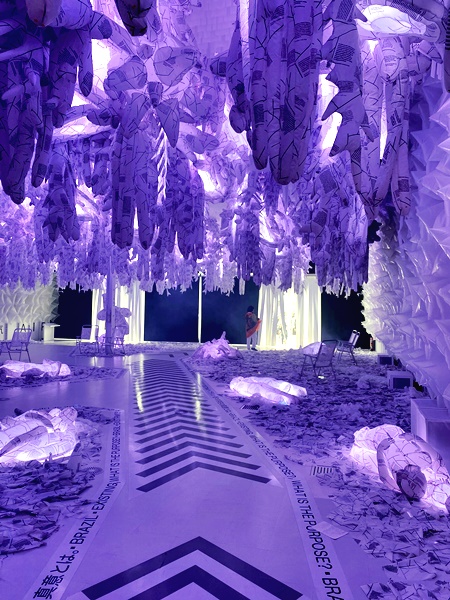

The Pavilion’s architecture and thematic narratives reflect Brazil’s commitment to sustainability and innovation. Exhibits explore existence, diversity, unity, environmental responsibility, and regeneration. Visitors can enjoy sensory features—music, poetry, dynamic lighting, and environmental data—that immerse them in Brazil’s rich cultural and ecological tapestry.
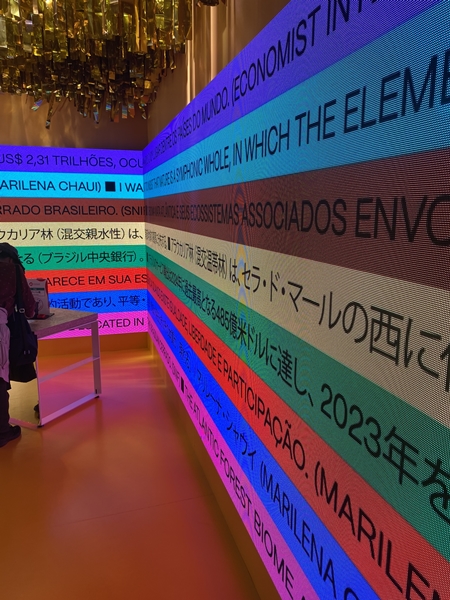
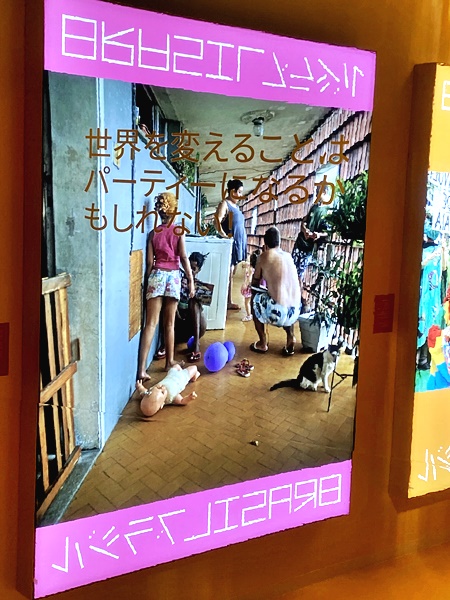
Looking to the Future
The Expo is not just a moment of celebration but a springboard for deeper cooperation. It showcases how Japanese-Brazilian relations are moving beyond history towards solving shared global challenges in sustainability, climate change, and social development. The year 2025, recognized by both governments as the “Japan-Brazil Friendship Exchange Year,” is fueling new exchanges in business, education, and culture, ensuring that this unique bilateral kinship will remain dynamic for the next generation.
In summary, the Japan-Brazil partnership—rooted in historic migration and nurtured over 130 years—finds new expression at the Osaka Expo, offering a vision of cross-cultural understanding and collaborative futures.